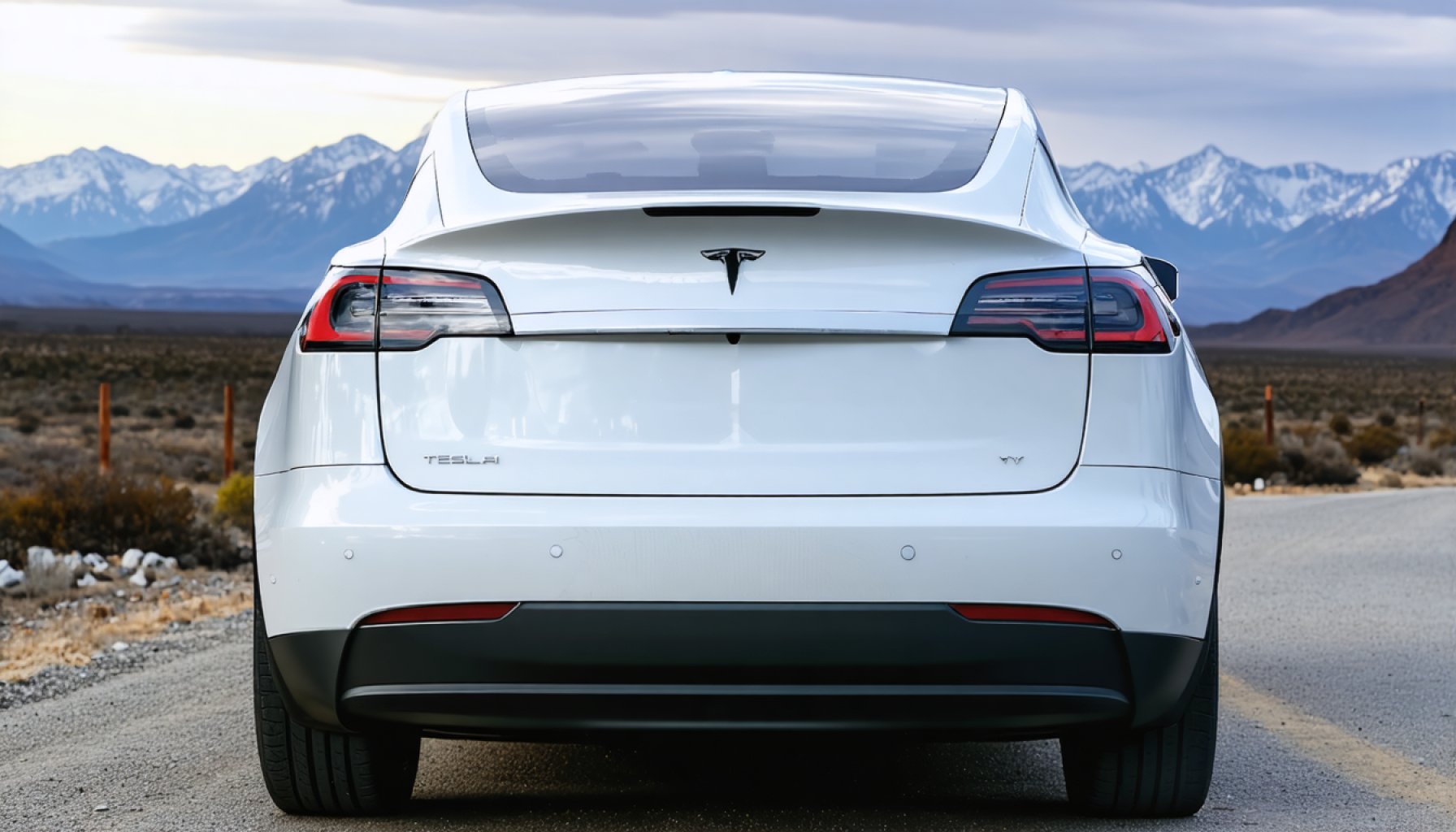- Tesla’s stock has dropped over 3% due to concerns about first-quarter delivery forecasts.
- The company expects 346,000 global deliveries, falling short of the 398,000 forecasts.
- A temporary halt in Model Y production for upgrades has likely contributed to the reduced delivery numbers.
- A significant decline in deliveries is projected in key markets: nearly 48% in China, 20% in Europe, and 5.4% in the U.S.
- RBC Capital Markets maintains an optimistic outlook with an outperform rating and a $320 price target for Tesla.
- The anticipation of new Tesla models and a more affordable vehicle may be affecting current demand.
- Despite recent share declines, Tesla’s long-term potential in automotive, energy, software, and AI remains promising.
Amid a whirlwind of market activity, Tesla’s stock has tumbled over 3% as apprehension swirls around its first-quarter delivery forecasts. The electric vehicle titan’s expected global deliveries stand at 346,000 vehicles, a significant dip from the predicted 398,000. This potential shortfall looms with a quiet yet assertive presence, shaped by the temporary suspension of Model Y production—a strategic pause aimed at finessing a reimagined version of the vehicle.
The eagerly anticipated refresh may have caused a shift, nudging potential buyers to wait just a little longer for what’s on the horizon. With consumers poised to embrace Tesla’s new chapters, some analysts speculate that the market’s appetite is simply holding its breath. The advent of a rumored more affordable Tesla vehicle also enters the frame, possibly siphoning interest away from current offerings.
RBC Capital Markets provides a candid regional breakdown, highlighting expected delivery declines across Tesla’s crucial markets. A sharp contraction is foreseen in China, where deliveries might plummet nearly 48%, alongside a projected 20% drop in Europe and a 5.4% decrease in the U.S. Yet, even as these shadows stretch over Tesla’s recent performance, RBC remains bullish, maintaining an outperform rating and a formidable $320 price target for the tech giant. Their optimism rests on Tesla’s long-term promise in sectors beyond automotive, notably in energy, software, and artificial intelligence.
Investors are keenly watching these developments, especially following a staggering 36% decline in Tesla shares over the past three months. The turmoil mirrors ongoing delivery struggles and evolving investor sentiment—an intricate ballet of anticipation and caution.
The market may be speaking with jittery hands now, but as the electric vehicle landscape continues to expand and innovate, opportunities for growth remain a beacon. Tesla, never a stranger to reinvention, might once again reset the bar not just for automobiles but for how we envision integrated energy solutions in the future. For investors and industry watchers alike, the key takeaway remains: In the face of short-term upheavals, the long game is still very much at play.
Tesla’s Strategic Moves: What Investors Need to Know Amid a Stock Tumble
Tesla’s Current Challenges and Strategic Decisions
Tesla’s recent stock tumble, influenced by apprehensive forecasts around its first-quarter deliveries, highlights several key elements:
– Delivery Forecasts: Tesla’s expected global vehicle deliveries are at 346,000, subsequently lower than the previously predicted 398,000. This discrepancy is influenced by the temporary suspension of Model Y production, aimed at refining and introducing a revamped version.
– Market Reactions: With rumors about a more affordable Tesla vehicle circulating, potential buyers might be delaying purchases, waiting for the new offerings, which influences current sales figures.
Regional Delivery Outlook
RBC Capital Markets provides insight into Tesla’s regional delivery expectations:
– China: Anticipated delivery decline by nearly 48%. The downturn could be due to increasing local competition and evolving consumer preferences.
– Europe: A 20% drop is projected, with factors such as economical conditions and competitive pressures playing a role.
– U.S.: Delivery decline expected at 5.4%, possibly reflecting broader economic slowdowns and the strategic pause in production.
Tesla’s Broader Vision and Potential
Despite short-term delivery challenges, RBC Capital Markets maintains an outperform rating with a hefty $320 price target:
– Energy & AI Ventures: Tesla’s long-term prospects look promising, especially in energy solutions, software, and artificial intelligence—a reflection of its potential beyond vehicles.
– Innovation in Integration: Tesla continues to push forward with integrated energy solutions, setting the standard not only for automotive evolution but also in how we harness and manage energy.
Key Considerations for Investors
Pressing Questions & Predictions:
– Will Tesla Meet Its Long-Term Goals?: While current delivery numbers aren’t meeting expectations, Tesla’s ventures in energy and AI bolster long-term outlooks, suggesting potential future success.
– Can Tesla Overcome Regional Challenges?: Understanding regional market dynamics, like China’s increasing competition, could provide insights into how Tesla might adjust strategies effectively.
Actionable Recommendations
1. Monitor Upcoming Releases: Stay updated on new Tesla model releases and pricing, as they could significantly impact the market and stock value.
2. Evaluate Regional Developments: Investors should keep a keen eye on regional performance shifts as a gauge for broader trends.
3. Focus on Diversification: Tesla’s foray into energy and AI positions it uniquely beyond automotive metrics—keeping this diversification in mind can be critical for long-term strategy.
Quick Tips for Consumers and Investors
– For Consumers: Delaying a Tesla purchase might be beneficial with anticipated new model releases on the horizon.
– For Investors: Consider the broader implications of Tesla’s diversification and energy sector potential when making investment decisions.
For more insights into innovative trends and vehicles, visit Tesla.
This strategic overview of Tesla’s current landscape underscores the dynamic nature of the electric vehicle market and its potential trajectory toward broader sectors of technology and energy.
